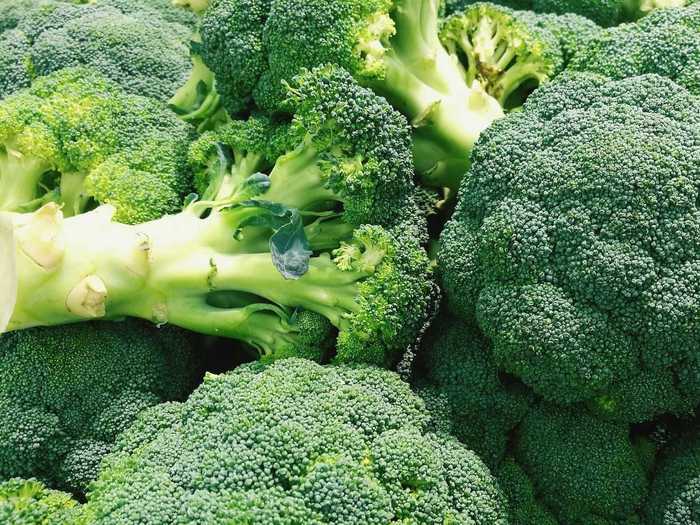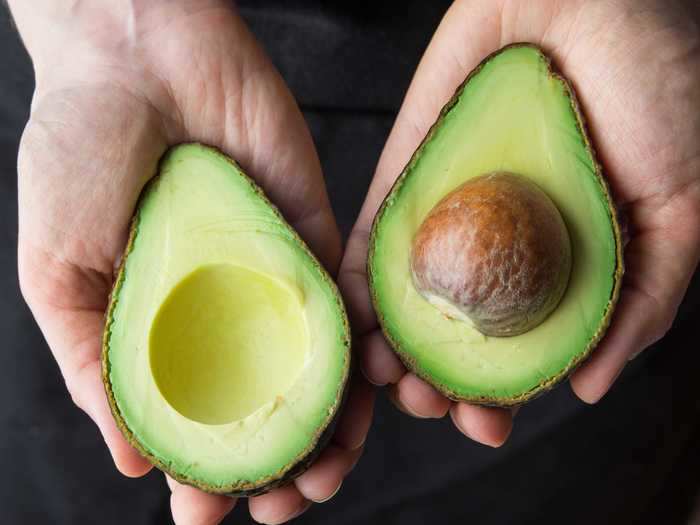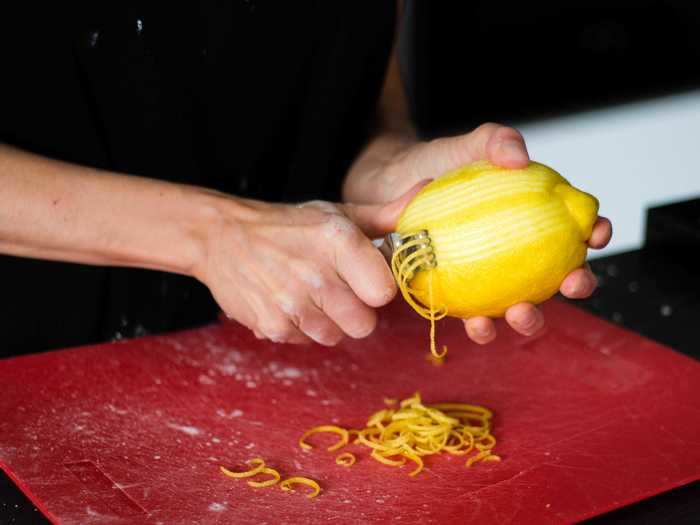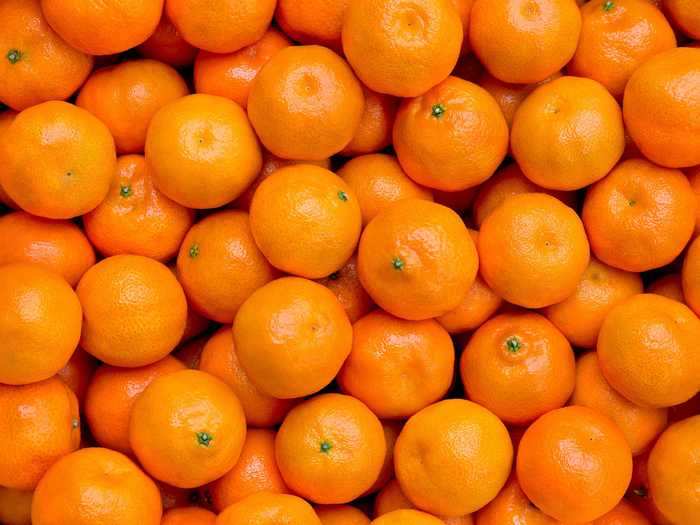11 unexpected parts of food you never knew you could eat

- You might be surprised to learn that you can eat kiwi skins, banana peels, and watermelon rinds.
- Though often discarded, pineapple cores are a great source of vitamin C.
- Orange and lemon peels can also be zested to add flavor to dishes.
- Visit Insider's homepage for more stories.
Many parts of foods people eat every day end up being thrown away or composted.
However, you might be surprised to find that foods like kiwi skins, banana peels, and watermelon rinds are completely safe — and even beneficial — to eat.
Here are 11 unexpected parts of food you never knew you could eat.
Read the original article on InsiderPineapple cores are often left out but have just as much nutrition as the rest of the fruit.

Many believe that the core of a pineapple is not supposed to be eaten, but that couldn't be further from the truth. While the pineapple core is slightly harder and less sweet than the surrounding fruit, it's just as nutritious and packed with vitamin C.
So, next time you're in the kitchen, feel perfectly free to add the pineapple core to your fruit salad.
Broccoli stalks could be even more nutritious than their tops.

While many prefer to eat the florets or dark green, tree-like tops of broccoli, the stalks of broccoli can be just as nutritious and flavorful.
According to Bon Appetit, broccoli stems are slightly milder and sweeter than florets, but can have just as much tasty flavor, antioxidants, and fiber if prepared correctly.
Carrot greens are packed with vitamins.

While it's been rumored that the tops of carrots are inedible or even poisonous, this is actually untrue. Carrot tops and greens are perfectly fine to consume. While carrot greens can taste a tad bitter, they can be eaten in salads, sauces, and soups, among other dishes.
Some parts of chickens — like the feet and red cockscomb — are edible.

While you might already know that chicken feet are considered a delicacy for some adventurous eaters, you might be surprised to discover that the red cockscomb on top of domestic chickens' heads is also edible.
Though oftentimes hard to source in grocery stores, cockscombs can be fried and are described as tasting like chicken nuggets, according to one home cook.
Avocado pits are edible when made into flour and extracts.

Avocado seeds or pits make up roughly 18% of the entire fruit and are usually discarded along with the outer peel. While the safety of whole avocado seeds has been debated, certain uses of the large brown pits have been said to have certain health benefits.
According to Healthline, avocado seed flour has been shown to reduce total cholesterol and "bad" cholesterol in mice, and test-tube studies on avocado seed extracts have shown that the pits may have strong antioxidant properties.
Watermelon rinds are also safe to eat.

While the juicy, red fruit of a watermelon is definitely the most popular part of the fruit to eat, the entire fruit — including the rind — is actually edible.
Watermelon rinds have been said to have a number of health benefits, mainly due to the amino acid citrulline, which is concentrated in the rind.
Citrulline has been said to potentially increase individuals' libidos, improve oxygen delivery to muscles, reduce blood pressure, and act as a great source of fiber.
Kiwi skins are also a great source of insoluble fiber.

According to California Kiwifruit, the skin of kiwi fruit has about three times as much fiber as the fruit inside. By not peeling the skin, you also preserve a majority of the fruit's vitamin C content.
Lemon peels also have a number of health benefits.

Lemon peels contain healthy nutrients like calcium, potassium, and vitamin C. While most cooks prefer to zest lemon peels, the entire peel is technically edible.
However, eating the entire peel of both lemons and oranges can be difficult for most people to digest.
Orange peels contain natural antioxidants, calcium, several B vitamins, vitamin A, and vitamin C.

Although you might be shocked to see someone bite into an orange like they would an apple, orange peels are surprisingly edible.
In fact, orange peels contain much more fiber than the fruit inside and, when zested, can add a lot of flavor to dishes.
Banana peels, believe it or not, are actually really good for you.

While many people would never even consider eating them, banana peels are high in potassium, dietary fiber, polyunsaturated fats, and essential amino acids. According to Healthline, one study found that banana peels, and particularly unripe banana peels, are rich in antioxidants.
Some popular uses for banana peels include blending them in smoothies and even pan-frying them to replicate the taste and texture of bacon. Just make sure you wash them thoroughly.
Mango peels are a great source of vitamin A, vitamin C, fiber, and phytonutrients.

While most people simply eat the juicy mango flesh inside, mango peels have a number of health benefits, including a healthy dose of fiber, vitamins, and minerals.
According to Healthline, one test-tube study found that mango skin extract exhibited stronger antioxidant and anticancer properties than mango flesh extract.
However, mango skin can also cause an allergic reaction for some people, pose a risk of pesticides if not properly washed, and is generally less pleasant to eat texture-wise than the inside of a mango.
READ MORE ARTICLES ON
Popular Right Now
Advertisement